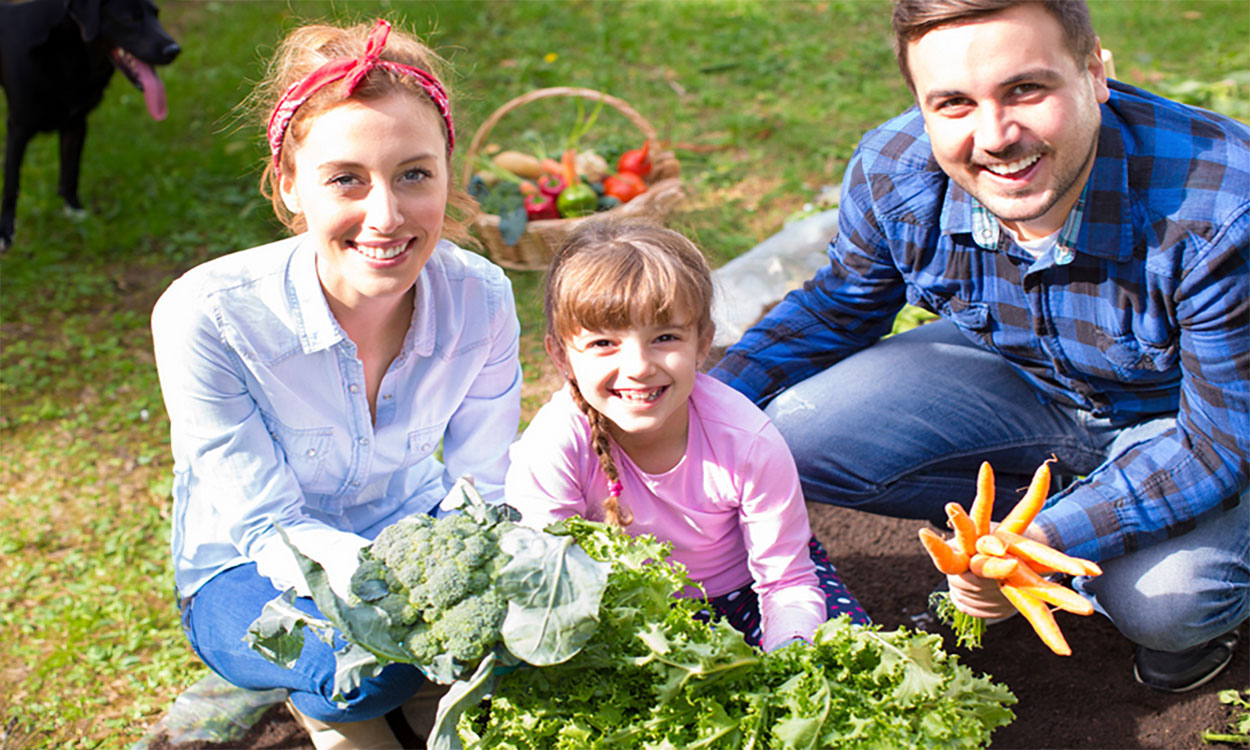Originally written by Kimberly Cripps , former SDSU Extension Family & Community Health Field Specialist, with contributions by Megan Erickson, former SDSU Extension Nutrition Field Specialist, and Hope Kleine, former SDSU Extension Health Education Field Specialist.
Pick it!
- When buying fresh, select slender, no thicker than a pencil; if too mature, the seeds will be visible through the pod.
- Store unwashed beans in plastic bag. Keep for 3 days.
- Shell/dried beans are allowed to mature and harvested. Dried beans come in many colors, shapes, sizes and can be stored for months.
- Wash just before preparation, drain well. Trim off ends using knife.
- Fresh beans may be eaten raw in salads, cooked as a side dish or as part of a main dish.
Try it!
- Stir-frying preserves nutrients; boiling and microwaving also common.
- When boiling, cook, covered about 4 minutes, cooking one pound or less at a time.
- Dried beans are soaked to absorb water and will become double to triple their size; cook to make them edible and digestible.
Like it! Green Beans with Tomatoes
Ingredients
- 1 1/2 pounds fresh green beans
- 1 large ripe tomato, cored and chopped
- 1/2 cup onion, chopped
- 1 clove garlic
- 2 Tablespoons olive oil
- 1 potato, cubed
- Salt and pepper to taste
- 1 cup water
Directions
- Wash the green beans and trim the stem ends. Set them aside.
- Wash the tomato and core it. Leave skin on.
- Heat the olive oil in a non-stick pan. Sauté the onions for one minute.
- Add garlic and tomatoes and cook for another minute.
- Add the green beans and toss into the mixture.
- Add the potato. Season with salt and pepper.
- Pour in water, cover, and let simmer for 10 minutes or until potato is tender.
- Serve hot. (Frozen green beans can be substituted for fresh. Fresh tomato can be replaced with 1 can of diced tomatoes. Frozen onions can be used in place of fresh onion.)
Yield: 6 servings
Nutrition Facts per Serving: Calories 100; Fat 5g; Cholesterol 0mg; Sodium 20mg; Carbohydrates 13g; Fiber 4g; Sugar 4g; Protein 3g
Program Materials
Colorful fact sheets, recipe cards and educational videos provide educators and families with fun, engaging tools to enhance any dietary curriculum in a variety of settings.
Quick resources are available in the fact sheets below. Download the zipped folder to use the lesson plan, sampling instructions, recipes and display materials in your educational program.


